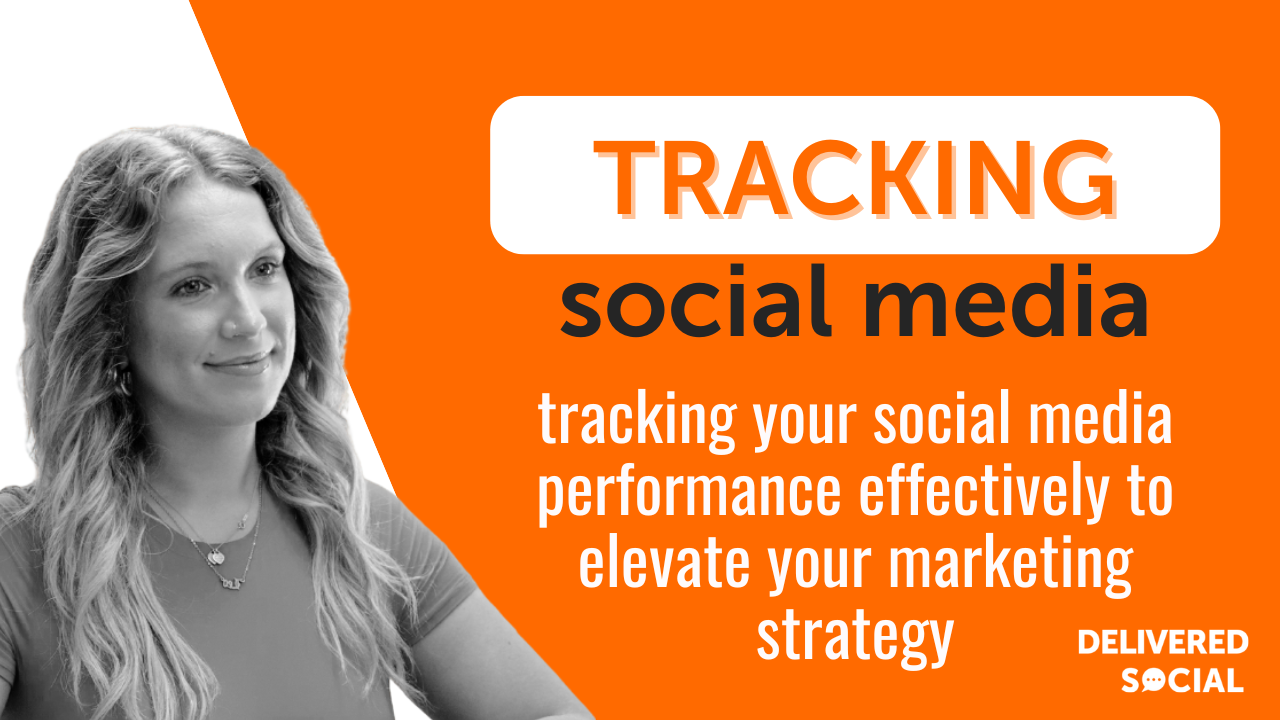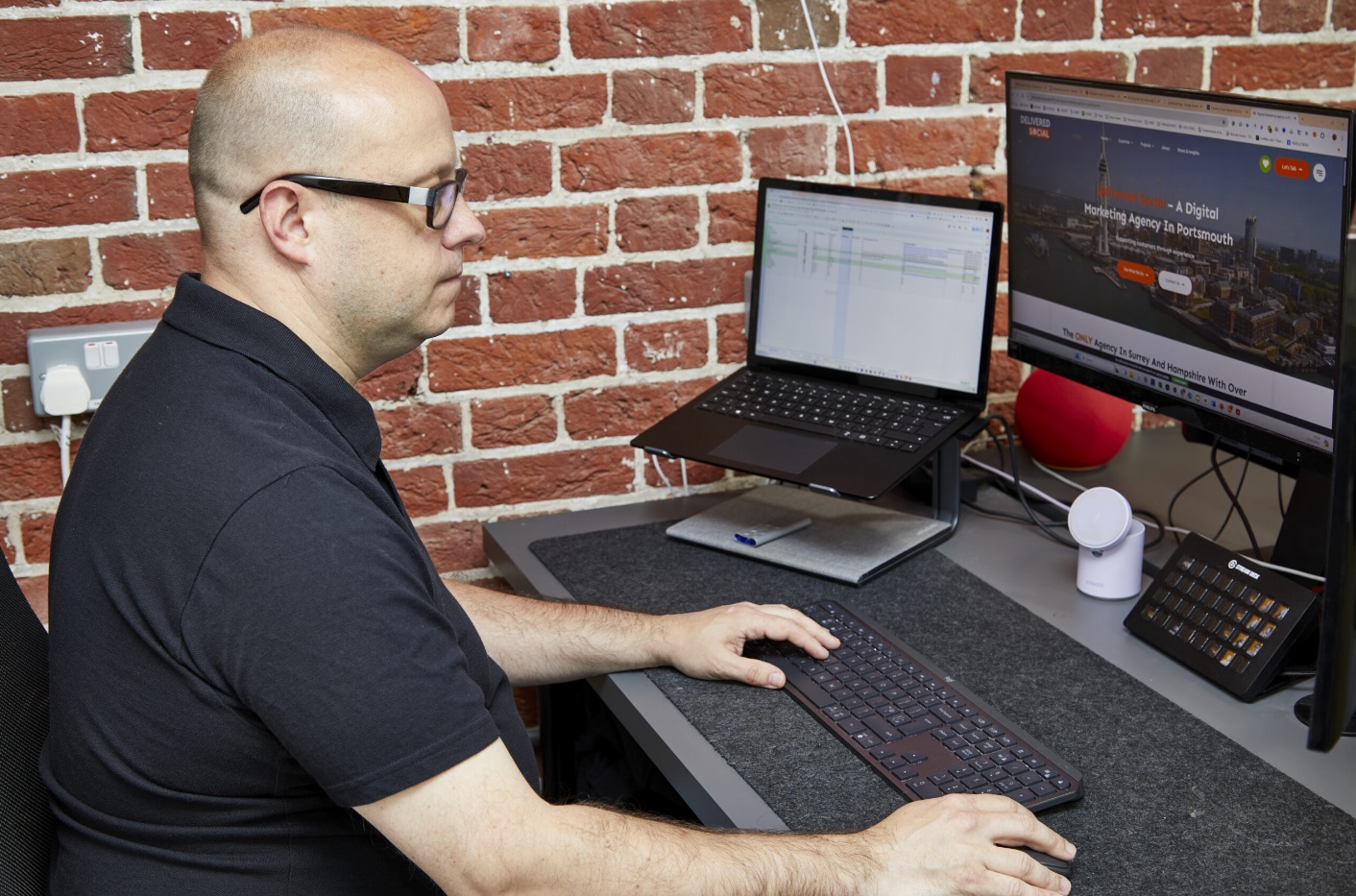
Measuring what works on social media helps you make smarter marketing decisions. When you track social media performance, you see which posts drive clicks, shares, and engagement—and which ones don’t. This gives your team clear direction on where to focus time and budget. Whether you’re managing a single account or juggling multiple platforms, using the right tools and methods can simplify reporting and highlight real results. This article breaks down how to monitor key metrics, spot trends, and adjust your strategy based on data—not guesswork—so your efforts lead to stronger outcomes over time.
Set Clear, Measurable Goals
Start by choosing one purpose for each campaign. That could be growing your audience, getting more clicks to your website, or increasing likes and comments on posts. When you define a goal, make it as exact as possible. For example, instead of saying “get more followers,” say “gain 500 new followers in 30 days.” This gives you something real to measure.
Goals should match what your business needs at the time. If you’re launching a product, focus on traffic and conversions. If you’re building awareness, look at reach and impressions. Don’t try to chase every metric at once—pick the ones that fit with what you’re trying to do.
Once goals are set, choose the right data points to follow progress. For engagement-focused campaigns, track reactions, shares, comments per post, or saves over time. If your aim is traffic growth from social media platforms to your site, monitor referral clicks and bounce rates from those sources.
Use platform tools like Facebook Insights or Twitter Analytics for daily tracking. These help verify if current strategies support your targets or need change. You can also use third-party tools for deeper reports if needed.
To track social media performance correctly over time, compare results against each set goal instead of just watching general numbers rise or fall. Monthly reviews help spot patterns and see where efforts pay off.
Avoid setting vague targets like “do better than last month.” Instead, tie every action back to a number that shows its impact clearly—whether that’s through traffic volume increases or follower count changes after specific campaigns.
When goals stay focused and measurable from the start of any social media plan onward, it becomes easier to manage outcomes and adjust direction based on proof rather than guesswork.

Track Social Media Performance with the Right Metrics
To improve your social media efforts, you need to measure what matters. Focus on key performance indicators (KPIs) that reflect how users interact with your content. These numbers help you see what works and where changes are needed.
Start by monitoring reach. This shows how many people saw your posts. A higher reach means more users were exposed to your message. Next, check impressions. Impressions count how often your content appeared in someone’s feed or timeline, even if they didn’t click on it.
Click-through rate (CTR) is another useful metric. It tells you how many users clicked a link compared to the number who saw it. Low CTR may mean the message wasn’t clear or appealing enough to prompt action.
Conversions go one step further by showing whether viewers took a specific action after clicking—like signing up for a newsletter or buying a product. Tracking conversions helps connect social activity with real business outcomes.
Use these metrics together to get full insight into user behavior across platforms like Facebook, Instagram, LinkedIn, and X (formerly Twitter). Don’t rely on likes or comments alone—they offer limited value without deeper context.
Set goals before posting so you know which numbers matter most for each campaign. For example, use reach when building awareness and focus on conversions when promoting services or products.
Tools like Google Analytics and native platform insights allow marketers to track social media performance using real-time data. Reviewing this information regularly supports better planning and sharper execution across all channels.
By choosing the right KPIs from the start, teams can adjust strategies faster and avoid wasting time on tasks that don’t lead to results.
Utilise Analytics Tools for Deeper Insights
To understand how your content performs, use data platforms that show real results. Google Analytics can help you see how users arrive at your site after clicking from social platforms. It tracks which posts bring the most visits and which pages users view afterward. This helps you see what type of content drives interest.
Meta Business Suite offers a clear look at engagement across Facebook and Instagram. You can check likes, comments, shares, and click-through rates in one place. These numbers tell you what kind of posts hold attention or lead to actions like visiting a website or sending a message.
Third-party tools such as Hootsuite, Sprout Social, or Buffer allow you to compare performance across different networks at once. With these tools, it’s possible to set goals and measure progress over time. They let you schedule posts while also tracking their reach and interaction levels.
You should measure more than just likes or followers. Focus on metrics like reach, impressions, link clicks, saves, and replies. These give stronger signals about user interest than surface-level stats alone.
When using analytics tools regularly, patterns start to appear. For example, if video posts get more clicks than image ones on Twitter but not on LinkedIn, adjust your approach by platform rather than using the same format everywhere.
Use filters inside these tools to break down performance by audience segment or time period. This helps find out when people engage most often during the day or week.
To track social media performance clearly over time, export reports monthly or weekly from each tool you’re using. Compare them side by side to spot changes in engagement trends quickly without guessing what worked best last month.
By reviewing this information consistently with purpose-built analytics platforms instead of relying only on platform-native insights alone, marketers gain better control over their strategy decisions moving forward.
Monitor Audience Behaviour and Engagement Trends
To improve your results, start by checking when your followers interact the most. Look at the days and times when likes, shares, comments, or clicks go up. Use social media insights to collect this data. Each platform offers tools that show activity levels across different time periods. Focus on these numbers to decide the best moments for posting.
Next, review which content types create more responses. Compare videos, images, polls, and links to see what brings in higher engagement. Some users reply more to short clips while others prefer detailed posts with links or infographics. Test various formats regularly and record how each one performs.
Also track patterns in user actions over time. If comments drop after certain changes in content or timing, adjust accordingly. A steady rise or fall in reactions can signal a change in audience interests or behavior.
Use these insights to schedule future posts better. Post during peak hours based on your past performance rather than guessing when people might be online. This increases reach without spending more on ads.
Group similar posts together and see how they perform side-by-side. For example, compare two product updates posted at different times of day to find out which slot works better for announcements.
When you track social media performance, focus not just on total numbers but also on what those numbers mean about habits and preferences. Identify what drives clicks versus what encourages longer views or active replies.
Refining your approach based on actual user behaviour helps you avoid random posting schedules that don’t deliver results. Real data tells you how people engage with your brand — use it to guide every post you publish moving forward.
Adjusting based on trends also keeps your strategy current as platforms shift their algorithms or users change their habits over time. Regular reviews help maintain consistency across channels without repeating mistakes from earlier campaigns.
Benchmark Against Competitors
To improve your social media results, compare your brand’s performance with others in your industry. This process helps you understand where you stand and what can be done better. Start by selecting a few direct competitors. Look for businesses with similar audiences or products. Then gather data on their follower counts, post frequency, engagement levels, and types of content.
Track how often they post across platforms like Instagram, Facebook, LinkedIn, or X (formerly Twitter). Note the kind of content they share—videos, polls, links, or images—and see which formats bring in more reactions or comments. Pay attention to how quickly their audience grows over time compared to yours. Growth trends show whether their content is gaining interest faster than yours.
Engagement rate is another key figure to watch. It shows how much people interact with posts through likes, shares, replies, or saves. A higher rate means the content connects well with users. If your competitors have stronger engagement but fewer followers than you do, it may mean that their posts drive more interest per person.
Also study the tone and topics of their messages—what themes they focus on and how often they promote versus educate or entertain. These patterns can reveal what resonates better within your shared market space.
Use tools designed to track social media performance across multiple profiles at once so you don’t need to do it manually every time. Some platforms let you set up dashboards that show side-by-side comparisons over days or weeks.
By reviewing these insights regularly, you can spot gaps in your current approach and adjust accordingly without guessing what works best for others in your field.

Adjust Strategy Based on Data
Use data to make better decisions. When you track social media performance, you collect numbers that show what works and what doesn’t. These figures help you know where to focus effort and where to pull back. For example, if a post gets low engagement, it may be time to change the format or message. If another post drives clicks or shares, consider using more of that type.
Look at patterns in reach, likes, comments, shares, and link clicks. See which platforms bring in traffic or leads. If one channel shows poor results over time, reduce how much content you publish there or try a new approach. If another platform brings steady results, increase your activity there and test different posting times.
Adjusting your plan keeps campaigns active and focused. Pause ads with high cost per result and move that budget toward those with stronger returns. Review hashtags used in posts—drop those with no results and test others tied to your audience’s interests.
Test one change at a time so you can measure its effect clearly. Swap out headlines, switch image styles, or shorten captions based on past performance trends. Keep track of each update using analytics tools or spreadsheets for easy comparisons later.
This process avoids guesswork by showing real outcomes from every action taken online. Use this cycle often: review stats weekly or monthly depending on campaign size and goals.
By applying these steps regularly across all channels, your marketing becomes more efficient without extra spending or effort wasted on weak tactics.
Turning Insights Into Impact: Maximising Your Social Media ROI
By aligning your marketing efforts with clear, measurable goals and focusing on the right performance metrics, you can track social media performance with precision and purpose. Leveraging analytics tools, monitoring audience behavior, benchmarking against competitors, and adapting strategies based on data ensures your approach remains agile and effective. These practices not only reveal what’s working but also highlight areas for improvement—empowering you to make informed decisions that drive real results. To stay ahead in today’s digital landscape, consistently tracking performance is essential to optimising campaigns and achieving long-term marketing success.
Interested In Working Together?
Introducing Delivered Social. We're The Most-Rated Digital Agency In Surrey & Hampshire – We've Got To Be Doing Something Right.
Delivered Social is a digital marketing agency with one mission—to help businesses grow. We're famous in Guildford and Portsmouth for our social clinics. We believe in free advice. We build lasting relationships because our team prides itself on being helpful, which our clients appreciate.
If you are looking for a new website or an agency to manage your social media presence, we can help.
If you need something slightly different, here's a super handy list of all our services, or you can always email us.























